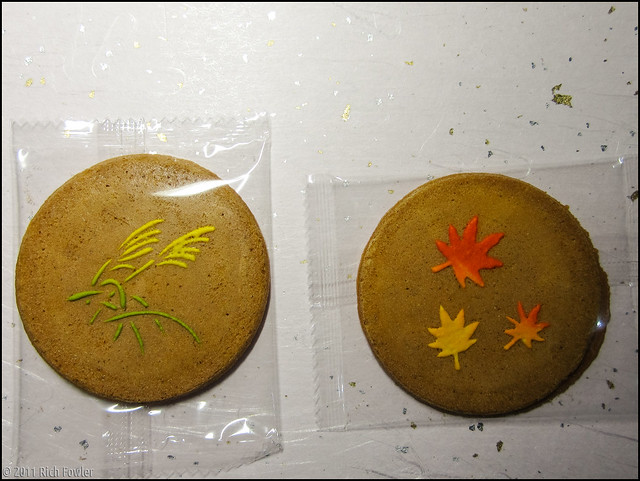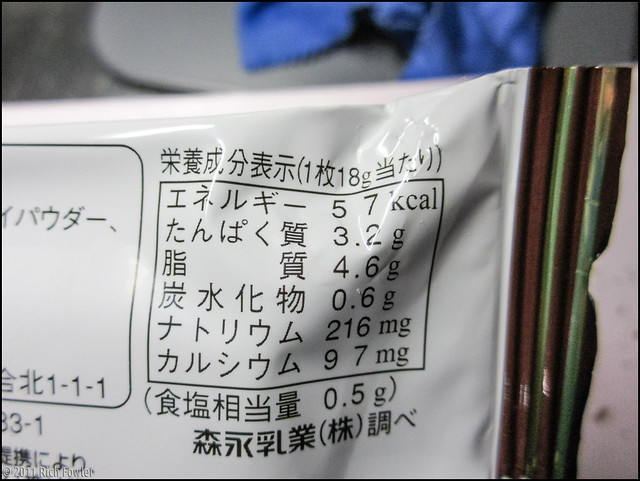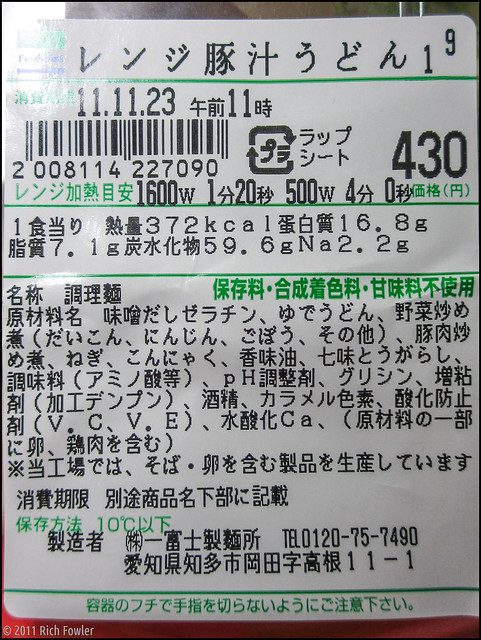I finally bit the bullet and bought a second Kindle Paperwhite, this time for my Japanese language library. And I don’t regret it one bit. It has become an incredibly powerful tool for improving my Japanese, because I read more books, faster, with the Paperwhite than I have with any other reading platform.
And I’ve tried a bunch of different ways to read Japanese books.
Note that some of these are perfectly fine for English language books, but I’m judging them on their usefulness as Japanese learning tools.
I have tried:
- Paper Books and an Electronic Dictionary.
- Disadvantages:
- Not portable
- Slow lookups disrupt reading
- Tiny text kills my eyes.
- Vertical Text Viewer (for Android).
- Disadvantages:
- Lookups are easier, but require an external app, which can’t search online dictionaries if I’m on a plane, so EPWING dictionaries have to be added.
- Only Aozora Bunko formatted e-books work with it. That means I can access a library of out-of-copyright books, but nothing current. (Not legally, anyway.)
- OCR Manga Viewer (for Android). Takes images, OCRs selected text, and offers a list of possible definitions.
- Disadvantages:
- Supported file format is scanned images, so no legal way of getting current titles, unless I scan every book I buy page by page.
- Constant dragging and selecting finicky text selection tool gets annoying after a while.
- Even if there are scans, if the scan quality isn’t perfect, the OCR software will have issues, so I’m back at the electronic dictionary stage again.
- Amazon Kindle App (for Android). Updside: You can save a lot on shipping, and you can make text bigger. Long press on a word to look it up. (See disadvantages!)
- Disadvantages:
- There is only one dictionary. It’s Japanese-Japanese, and you better like it, because you can’t use any others with the simple long press function. The other option is search in another book, which is slow.
- Most books are text files, but a small portion are scans. If you wind up with a scan of a book you want to read, you will have no way of looking up words inside the program.
- The dictionary search function does not de-conjugate verbs, which makes the dictionary useless.
- Google Play Books and Magazines App (for Android). Updside: I couldn’t really find one.
- Disadvantages:
- No dictionary I could find.
- Couldn’t find any current popular Japanese books in the Play store. Couldn’t access the Japanese Play store without a VPN, and even then, Google sent me back to the US store.
- The only books I could find were all scans of out-of-copyright books, or books I’ve never heard of by publishers I’ve never heard of.
Why Paperwhite?
So there you have it. Nothing really works the way I want to, well, except for the Kindle Paperwhite. Kind of. The Paperwhite is a bit of a mixed bag, but overall I think it’s the best way to read Japanese books on an electronic device.
The Paperwhite has the long press to look up a word feature that the Kindle app has, which it turns out is incredibly useful, because you can add extra dictionaries to the search. So if I can’t find a word in one dictionary, I can select another and another, as many as I have on the device. And I’m not limited to just Japanese-Japanese, I can get Japanese-English, etc. (I recommend getting one of the EDICT-based Japanese-English dictionaries. They’re cheap and good enough.)
Also, the Paperwhite will de-conjugate any verbs it comes across, making the dictionaries useful again.
The e-ink display is incredibly easy on the eyes, even for long-term viewing, and doesn’t guzzle battery, making it a good choice for long flights. Text can be enlarged, too. It looks really good.
It comes with a å˜èªžå¸³, which records every word you look up, and lets you go over them as flash cards. Not as versatile as Anki, but a hell of a lot less fussing is involved. And it automatically shows you the sentence you were in when you looked up the word! If it only did SRS, it would be perfect. Oh well.
Using it, I’ve been plowing through books at an alarming rate. Alarming in that I’ve never been able to read Japanese this fast before. Â I’m being serious here. I’ve tried a whole bunch of different ways of going about it, but this gives me the most enjoyment with the highest overall comprehension. And I can try books that may be a little too hard for me, because I have the dictionaries to fall back on.
Early on, manga looked bad on it. Really bad. But lately, publishers have gotten on board, and while it’s not as good as holding a real å˜è¡Œæœ¬ in your hands, it’s good enough for travel. You can even zoom in on images with a comic reading mode that isn’t too bad. It’s not going to be everyone’s cup of tea, but it’s getting a lot better. (I wish Amazon would come out with a bigger Paperwhite that did manga at a bigger size for ease of reading.)
I’m saving the biggest plus for last: what I’m saving on shipping and space taken up by books. It’s incredible. Oh, sure, I’m a bibliophile. I am surrounded by books. But I am not against using an e-ink device to read material like fiction. I just don’t care much about that. (Art and music are different. I like those on paper. Same with manga. Give me paper books… unless I’m traveling. Ugh.)
Now, it does not come without drawbacks. And they may be deal-breakers for some of you.
What it won’t help you with.
For starters, setting up an account with Amazon Japan in order to get access to the books takes some work. Amazon US has Japanese books, but the selection is a mess, and all the titles are in romaji, making it a big useless pile of nonsense words to me. I don’t do romaji, and nobody should have to in order to read Japanese books. Also, Amazon US doesn’t have anything I’d even want to read if I could find it. We’re back at the publisher problem. 20th century business practices in the 21st century. Ugh.
Also, if you already have a Kindle Paperwhite and use it with another Amazon, like Amazon US or UK, then go buy another one. The only way you can use one Paperwhite for both accounts is to constantly wipe it and reset it. Yes, I think that’s dumb, too, but there you go.
And don’t try buy a Paperwhite from Amazon Japan. Even if you use a service like Tenso, they will send you a polite warning never to do that again, or else your account will be closed for good. It’s odd, but they don’t care if you buy anything else and have it shipped to the US by a third party, but if you do it with a Kindle, there’ll be hell to pay.
The device itself tends to get slow over time. Hold down the power button and reboot it if it starts acting sluggish. I usually have to do it once a week or two.
Sometime Amazon Japan will have issues with my credit cards, for no apparent reason I can find.
I can’t find a good way to get at my å˜èªžå¸³ outside of the Paperwhite. That kind of sucks. I’d love to be able to export it to Anki. So much for that.
There are a lot of books not available as Kindle versions yet. A lot of books I really want to read. And some Kindle versions don’t come out until a month or two after the print version. But with patience comes big savings, and it also keeps me from over-buying. I only buy what I intend to read right now.
Finally, the DRM. It’s annoying. But it’s the trade-off I knew I had to make when going Kindle for Japanese. On the upside, as soon as a book is available in the Kindle store in Japan, I can be reading it if I so desire, at a fraction of what I would usually pay for having the real book shipped.
Summing it up.
So my advice to aspiring learners of Japanese is to get a Paperwhite. But first set up a test account with Amazon Japan and make sure you can buy books from them. Maybe try it on another device first, like an Android or iOS device.
Were I Amazon, I would publicize the heck out of this as a learning tool. The Japanese government is desperate to get new workers into the country, and to help teach people Japanese. This device would be a great tool for that, while also giving overseas fans a legit way to buy into “Cool Japan” without hassle. Everybody wins. Really. Everybody. (Well, except for DHL.)






















